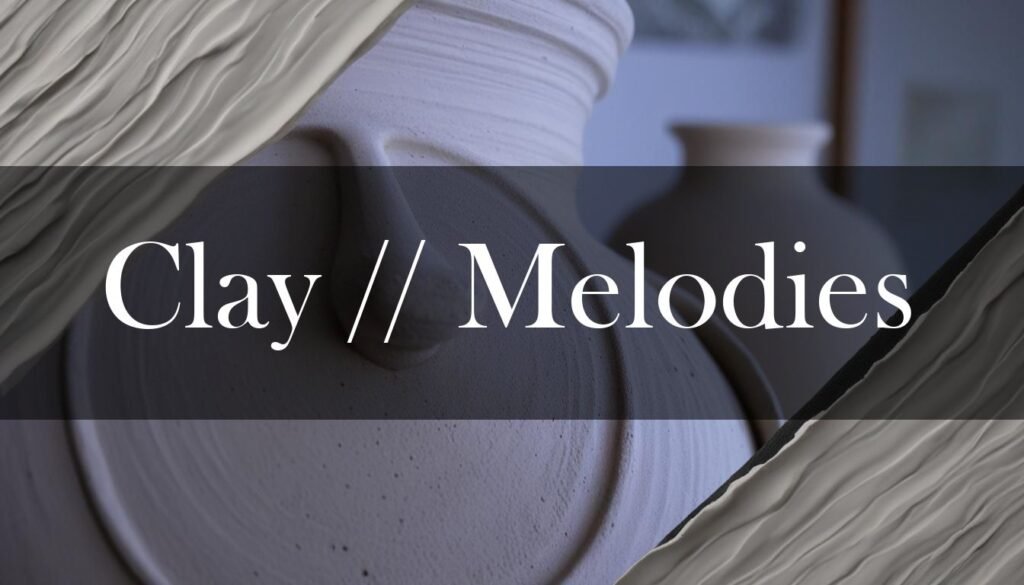Have you ever stopped to consider the *incredible versatility of clay*? Beyond its use in creating beautiful pots and sculptures, it lends itself to the creation of music! Ceramic musical instruments, with their unique tonal qualities and rich history, offer a fascinating intersection of art and sound. From the deep, resonant tones of percussion instruments to the sweet melodies of wind instruments, ceramics bring a unique sonic palette to the world of music.
One of the most interesting aspects of ceramic musical instruments is the sheer variety of forms they take. There’s the **udu drum** from Nigeria, a clay water jug that produces a plosive sound, traditionally played by women in ceremonies. Then you have the **ghatam**, an ancient South Indian clay pot percussion instrument, that creates a distinctive metallic sound when struck. Wind instruments like the **xun**, a Chinese globular flute with a history stretching back 7,000 years, and the **ocarina**, a vessel flute found in cultures worldwide for over 12,000 years, showcase the delicate melodies that can be coaxed from clay. Even string instruments like the **clayrimba**, a ceramic take on the marimba, demonstrate the innovative possibilities of combining clay with musical design.
The unique sound of ceramic instruments comes from the material’s distinct acoustic properties. The density and hardness of ceramic materials affect how sound waves travel, leading to brighter tones and enhanced resonance. Less porous ceramics tend to produce louder sounds, while more porous ones can create a softer volume. The ability to mold clay into complex shapes also gives instrument makers a lot of control over the final sound. https://potterygeek.com/contemporary-ceramic-art/clay-melodies-exploring-ceramic-musical-instruments/
The xun, for example, is the only surviving “earth” instrument from the traditional Chinese “eight-tone” classifications, a testament to clay’s unique place in musical history. In Mesoamerica, ceramic ocarinas and whistles were often crafted with anthropomorphic or zoomorphic designs, reflecting the spiritual beliefs of the time.
Creating these instruments is a detailed process, starting with the careful selection and preparation of the clay. Forming techniques range from handbuilding, where the clay is shaped manually, to slip casting, which uses molds to create consistent forms. After drying, the pieces undergo a bisque firing to harden the clay, followed by glazing and decoration. The final firing vitrifies the glaze, making the instrument durable and visually appealing. https://potterygeek.com/pottery-techniques/pinch-coil-slab-mastering-hand-building-pottery/
Tuning is a critical step, especially for instruments like ocarinas, where the size and placement of finger holes must be precisely adjusted to achieve the correct pitch. If you’re inspired to add a ceramic instrument to your collection, you can find a variety of options online. ***Online marketplaces*** offer handcrafted pieces from artisans around the world.





